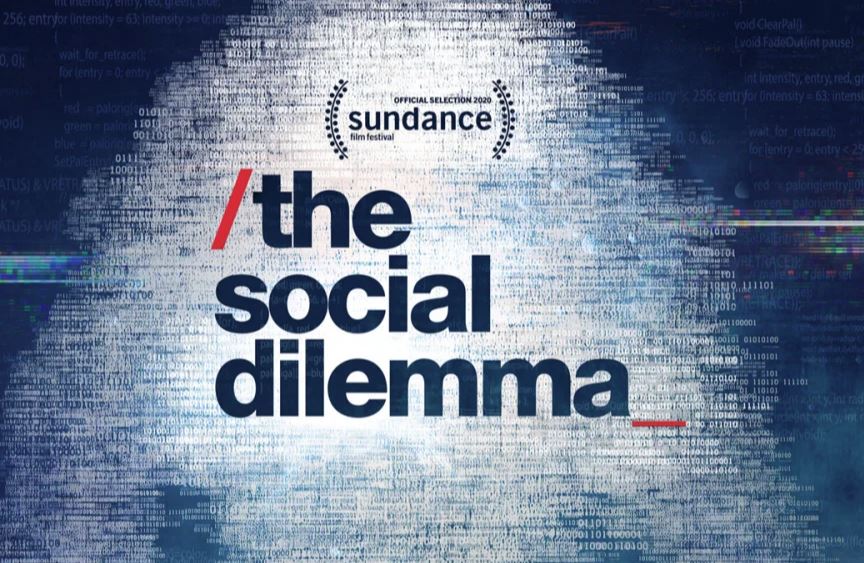Addiction Recovery Bulletin
If you haven’t had a drug addiction yourself, it can be difficult to know what to say to a loved one experiencing it. But knowing more about substance use disorders and which phrases to avoid can make a positive impact on your loved one’s recovery.
Understanding drug addiction
Having a substance use disorder is not a choice people make. Rather, according to Antonio Ruberto, the senior director of behavioral health at The Lesbian, Gay, Bisexual & Transgender Community Center, drug addiction is the result of complex psychological, physiological and social components that can occur over an individual’s lifetime.
Recovering from drug addiction is a process that may include therapy, residential treatment, sober living communities, and seeking help for any mental health issues fueling the dependence, such as anxiety or depression.
Important: The substance use and recovery field have moved away from the term ‘addict,'” says Ruberto. “We would say ‘that person has a substance use issue’ or ‘they have a diagnosis of substance use disorder related to their use.'”
Your words and actions matter when speaking to someone with a substance use disorder. Here’s what not to say to someone with drug addiction and how you can help a loved one.
1. Don’t encourage their use
For a person working to overcome drug addiction, avoid encouraging any type of drug use with phrases such as:
- “Why can’t you just have one drink or hit”
- “It’s all about balance”
- “Let’s grab a drink”
If a person is recovering from a drug such as opiates, substitutes such as alcohol may replace their addiction. This is why it’s important they avoid using other substances, such as alcohol, during their recovery.
You should also avoid drinking or using drugs around them, says Leela R. Magavi, MD, a psychiatrist and regional medical director at Community Psychiatry in Newport Beach, California.
Instead, support them and suggest sober, fun activities for the two of you to do together by saying things, such as:
- “I’m proud of you for doing this”
- “Do you want to see this new movie, try this food, or play this game?”
- “Should we go for a walk?
2. Don’t shame them
Like other diseases, there are many factors that lead to drug addiction, and it can happen to practically anyone. Common phrases to avoid telling a person with drug addiction include:
- “You’re smarter than this”
- “I don’t associate with drug users”
- “You never seemed like someone who would deal with this”
- Do not use shameful, derogatory terms like ‘addict’ ‘cokehead’ or ‘pothead’
Being subjected to shame can make it harder for a person to overcome their addiction. “Stigma connected to drug addiction is a primary reason why it is often so difficult for someone to address their substance use, seek treatment, talk about it, and think critically about their use,” says Ruberto.
Instead, validate the difficult situation your loved one is in with phrases, such as:
- “I’m proud of you for the effort you’re making”
- “Thank you for sharing what you’re going through”
- ” I’m here to support you”
- “There is nothing shameful about what you’re going through”
3. Don’t act like there is an easy solution
While the solution — quitting — sounds easy on paper, it is far from it. Some phrases to avoid include:
- “Why can’t you just stop drinking”
- “Pull it together”
- “It’s not hard, just stop doing it”
“Do not criticize, nag, or scold the person for their addiction,” says Brian Wind, MD, the chief clinical officer of Journey Pure and former co-chair of the American Psychological Association’s Advisory Committee for Employee Assistance. “It is often a coping mechanism, and the person may think you are trying to exert control over them. The frustration can lead them to turn to their addiction even more for relief.”
Verbally acknowledge that this process will be challenging and that getting treatment for a substance use disorder is incredibly brave.
4. Don’t give them ultimatums
At the moment, issuing an ultimatum like “it’s your addiction or me” can feel like a powerful way to get your point across. However, generally, all it does is make the other person feel abandoned.
Ultimatums make it harder for a person to open up to you or share if they’ve relapsed. “Let the person know you love them and that you are there to support them,” says Wind. “However, don’t pressure them into getting help or be passive-aggressive.”
However, your own mental health is also important. Magavi stresses the importance of setting up boundaries like talking to your loved one at certain times of the week or limiting the amount of time per day you spend exploring treatment options for them.
5. Don’t ignore them
Setting up boundaries also means you can build the emotional capacity to talk to your loved one about their substance abuse rather than ignoring them. Ignoring them can lead to dangerous feelings of shame and isolation.
There are many ways you can try engaging your friend with a substance abuse disorder. Magavi recommends the following:
- Ask open-ended questions to learn how they are feeling
- Listen without judgment
- Ask your friend about how they would want you to help
- Check-in regularly
- Take a walk or do some other activity that gets them out of the house, if possible
-
How to help someone with a drug addiction
The most important thing you can do to help someone with a substance use disorder is to be there for them without judgment.
“You want to be supportive of someone seeking treatment, understanding of the challenges in doing so, recognizing that relapse can — and is likely to — occur, and acknowledging the work put in and helping them continue in treatment if relapse occurs at any point in their recovery process,” says Ruberto.
Educating yourself about drug addiction allows you to understand their experience better and support them in a healthy, productive way. To learn more about substance use disorders, explore the following resources:
5 Things You Shouldn’t Say To Someone With An Addiction first appeared on Insider.com







 This occurs in our mesolimbic dopamine system which is below the level of thought. Our brain is hard-wired to respond to reward and the mesolimbic system doesn’t know what is okay or not okay. It just “likes”.
This occurs in our mesolimbic dopamine system which is below the level of thought. Our brain is hard-wired to respond to reward and the mesolimbic system doesn’t know what is okay or not okay. It just “likes”.